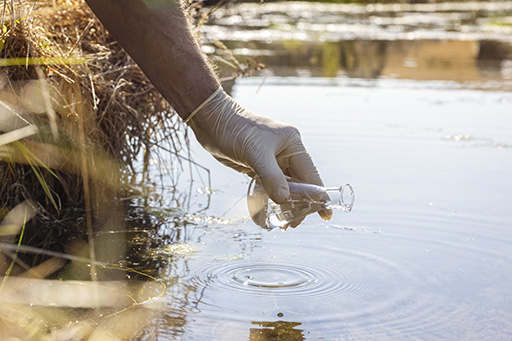1.1 The role of the environment in infectious disease transmission
In the field of infectious diseases the environment can be a reservoir and source of pathogens that can infect humans or animals. An example of this is Vibrio cholerae, a bacterium that has its primary reservoir in freshwater and seawater, and can cause the human infection cholera. Cholera causes profuse diarrhoea, and the spread of infection is aggravated if infected individuals discharge the infectious agent to water with their faeces, in turn leading to exposure of other humans.
The environment can also be a transmission route for pathogens that have animals as their primary host – so-called
The same principles apply to AMR: the environment can act as a reservoir for resistant bacteria and the genes that confer AMR. In fact, antimicrobial-resistant genes (ARGs) have been found in samples that date back to before human times (D’Costa et al., 2011), indicating that such mechanisms are naturally present in the environment.
As well as being a source of AMR organisms or ARGs, the environment – water, air and soil – can also be a transmission route for bacteria, including antimicrobial-resistant bacteria. When bacteria are discharged from animals and humans, they can contaminate these environmental compartments (surface water, for example), potentially exposing other humans and animals to resistance.
1 What is the environment and why is it important for AMR?





